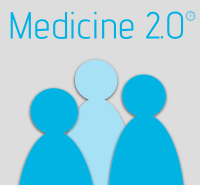Nobody Wants Another Button: How to Translate User Requirements into Design Solutions
|
If you are the presenter of this abstract (or if you cite this abstract in a talk or on a poster), please show the QR code in your slide or poster (QR code contains this URL). |
Abstract
So you’ve reached out to your users, gathered heaps of feedback, requests, and complaints… now what? In this talk, Barbara will help you extract the meaningful bits of insight from your user feedback, and translate ‘what users say’ into ‘what users need’.
Consider the source.
You’ll get different feedback from different stakeholders. Make sure the primary user has the primary voice.
Conflicting requests – are they really conflicting?
One person asks for a blue button at the top. Another asks for a red button at the bottom. Could they really be asking for the same thing?
Ask the right questions to get the right answers.
Think about your reasons for reaching out to your users. To understand workflows? To prioritize tasks? To evaluate design concepts? Frame your questions to help your users give meaningful answers.
People don’t know what they want, they want what they know. Patients, clinicians, caregivers etc. typically aren’t designers. Don’t ask them to design your product.
Consider the source.
You’ll get different feedback from different stakeholders. Make sure the primary user has the primary voice.
Conflicting requests – are they really conflicting?
One person asks for a blue button at the top. Another asks for a red button at the bottom. Could they really be asking for the same thing?
Ask the right questions to get the right answers.
Think about your reasons for reaching out to your users. To understand workflows? To prioritize tasks? To evaluate design concepts? Frame your questions to help your users give meaningful answers.
People don’t know what they want, they want what they know. Patients, clinicians, caregivers etc. typically aren’t designers. Don’t ask them to design your product.
Medicine 2.0® is happy to support and promote other conferences and workshops in this area. Contact us to produce, disseminate and promote your conference or workshop under this label and in this event series. In addition, we are always looking for hosts of future World Congresses. Medicine 2.0® is a registered trademark of JMIR Publications Inc., the leading academic ehealth publisher.

This work is licensed under a Creative Commons Attribution 3.0 License.



